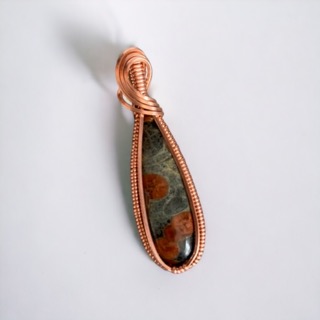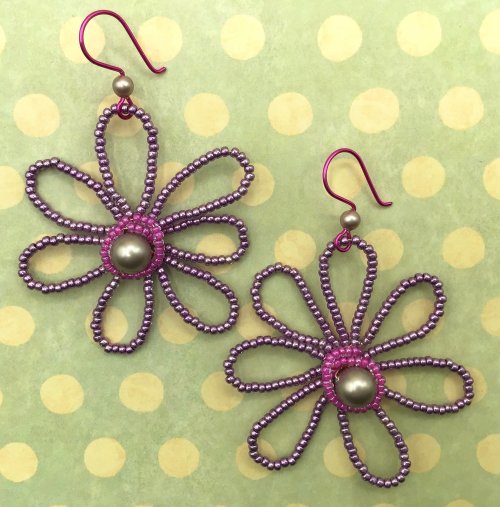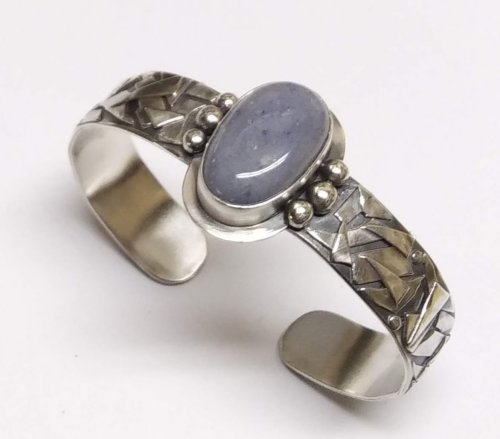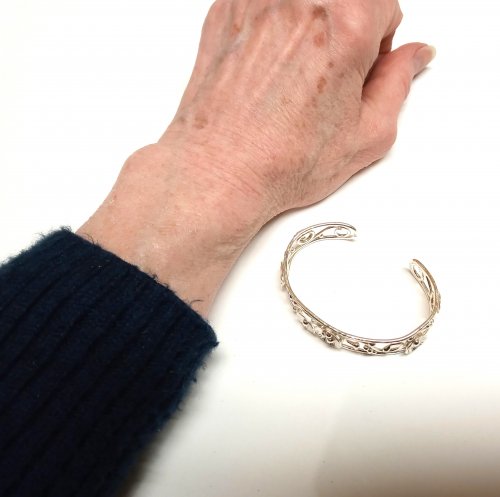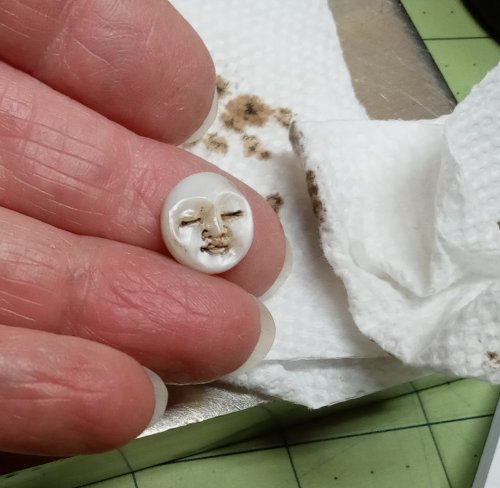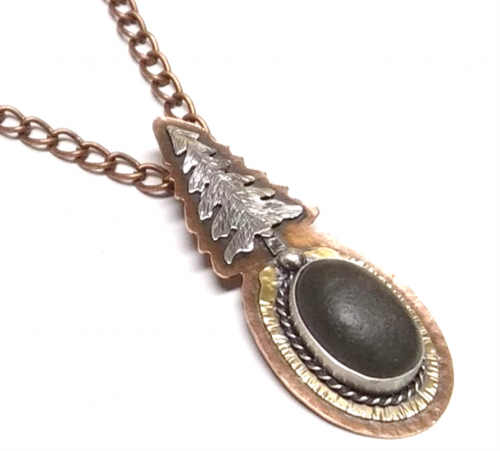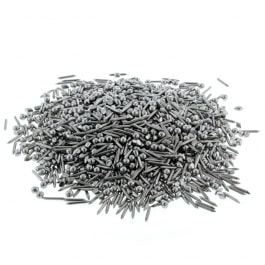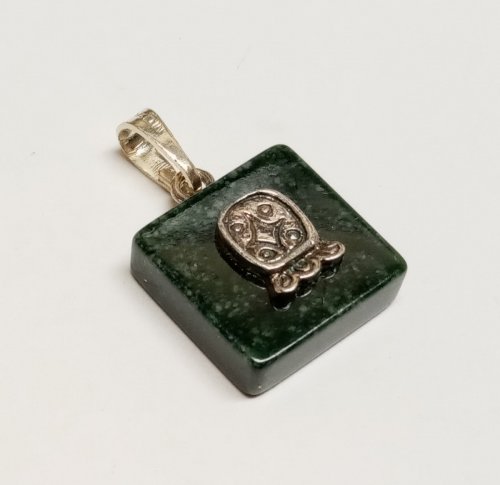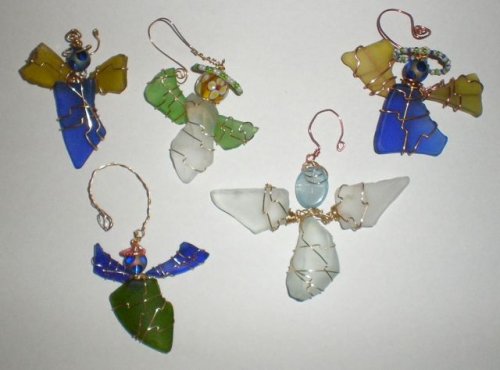Wire Wrapping Techniques: Ancient Art for the Modern Artist
What is the history of wire wrapping? From beginners to those working on advanced wire wrapping techniques, you may be wondering how exactly the art of wire jewelry came to be. The history of wire wrapped jewelry can be dated way back to 1446 BC. Researchers have found elements of wire jewelry in ancient pharaohs' tombs and pyramids in Egypt. Early wire used for wire jewelry was made by metal that was pounded flat into sheets which were then cut into strips and rolled into tubes. It appears that gold was most likely the first metal used to make wire for wire wrapped jewelry, as it was easily hammered into thin sheets.
As the history of wire wrapping shows us, wire jewelry has lasted because it is the only known metal jewelry craft that can be done without the assistance of soldering or casting. Because of this, wire jewelry was an art that ancient civilizations could produce because they didn't need fire, electricity, or other modern day technologies.
Wire wrapping tools were easy to come by since they are fairly simple tools. Wire jewelry is crafted by bending, twisting, and cutting wires in order to hold gems, stones, beads, and even other wires in place. By using different strengths of wire (soft, medium, or hard) the artist can design a unique wire jewelry heirloom that will stand the test of time, all without using glues, soldering, or any other type of agent to hold pieces together.
Whether you're a professional wire jewelry designer, working on your wire wrapping basics, are a bead jeweler looking to try bead wire wrapping, or you happened to pick up a wire wrap magazine out of curiosity this is a history that is relevant to the world you've just entered. Being knowledgeable will help all of us pass along the history of wire wrapping, wire wrap techniques, and the art of wire jewelry onto the next generation.
The premier place for all your jewelry making needs. The best in wire, tools, cabochons, gemstone beads and more. As well as a superior resource for educational support to help build your jewelry making skills and techniques.








